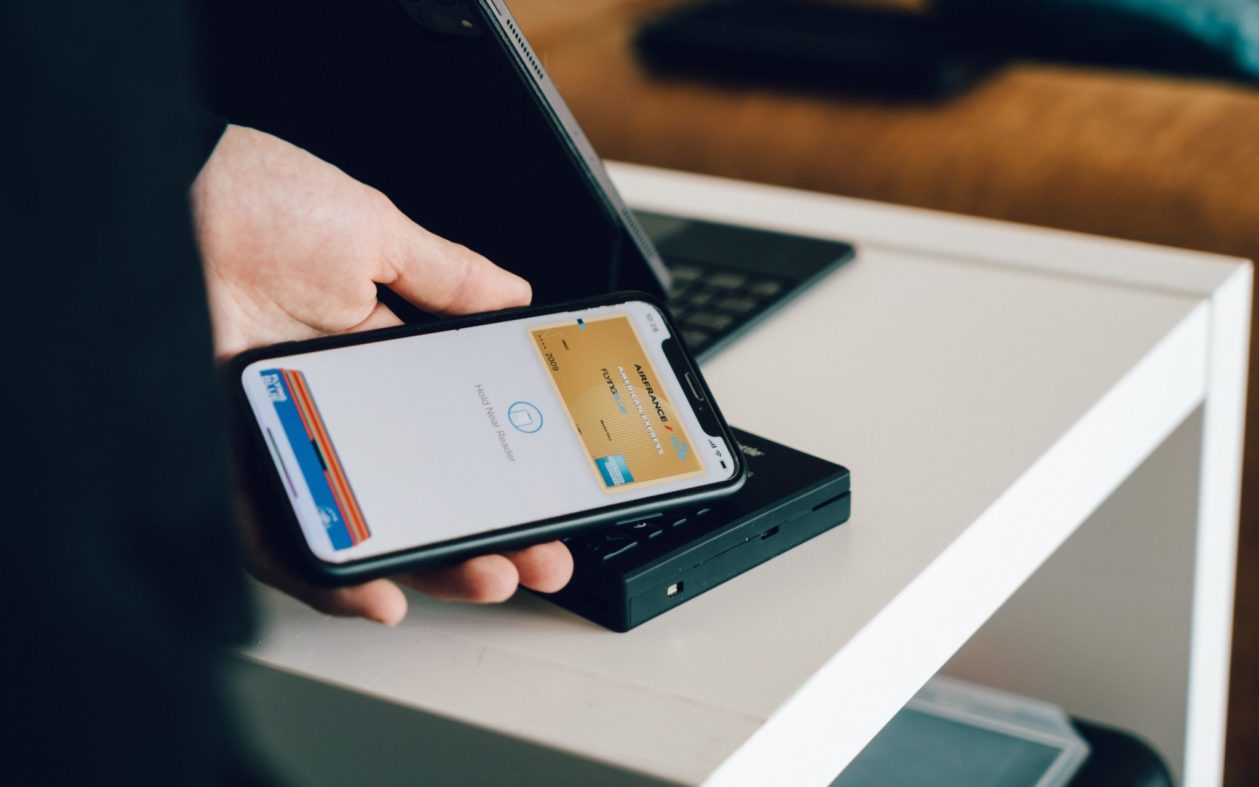Contactless payment systems are poised to become the predominant way we buy things moving forward. Mass adoption brought on by the pandemic has fast tracked consumer interest in utilizing this payment technology into their everyday lives. According to the National Retail Federation, in the U.S. alone, no-touch payments have increased 69 percent since January 2020. Of those currently using contactless, 57 percent of participants said they’ll continue to do so beyond the pandemic. Cash and credit cards, as we know it, may vanish from much of consumers’ routine purchases, and with this mind, investments and business opportunities within contactless technologies are likely to continue their growth beyond the pandemic.
Taking a closer look at where and how these payments benefit consumers, we can easily see the positive impact they provide now and into daily life post-COVID. The convenience and ease of use that come from contactless payment solutions are just one benefit, but digital payment solutions and accessibility are an added noteworthy feature that will propel the technology further through consumer and investor interest.

From Food to Transit, Contactless and Digital Payments Are Now Mainstream
Our modern society has made payment for goods and services easier than ever, through smartphone applications, tap-to-pay wearables, and more. From food to transit, the exchange of cash and cards is becoming less frequent. Consider transit, where taxi services from New York Yellow Cabs to ride-sharing services like Uber and Lyft make it easy to pay and tip drivers through digital means. Now, commuters of New York’s mass transit systems are also encountering contactless payment options, with contactless readers officially installed across all of the MTA terminals. This includes 15,000 OMNY payment readers in the 472 subway stations and all 5,800 buses. The pandemic has only fast-tracked the eventual removal of metro cards for commuters, as the OMNY readers provide fast entry without the need to swipe or insert cash.
Food delivery and retail merchants are other key areas that have implemented payment systems that require no cash or cards be exchanged, and adoption of the technology has increased through stay-at-home orders and social distancing during the pandemic. The rise of Grubhub, Uber Eats and others allows for seamless payment options through their app, while updates to on-site merchants like Starbucks, Dunkin’, Whole Foods and others allows for tap-to-pay options for their in-person customers. Drugstores like CVS, Walgreens and more are also making the switch to contactless technology.
The aforementioned rollouts of tap-to-pay and digital payment solutions have helped consumers become more familiar with contactless as a fast, convenient and simple way to pay.
Contactless Payment Solutions Bring Accessibility to the Underbanked
Companies are finding ways to make contactless payment options more accessible to a wider audience. Many form factors that allow for tap-to-pay convenience can be pricey, such as the Apple Watch, Fitbit and others. With many debit cards featuring the NFC chip, those accounts may still require minimum balances to avoid fees that are simply too high for many to meet. With new wearable solutions that are affordable, do not require recharging and do not require minimum account balances such as Purewrist, the barrier to entry can be removed to open the door to underbanked communities to take advantage of preferred payment methods. Accessible contactless tech solutions have the potential to also make an impact for the disability community, where easy-to-use and hassle-free products can make everyday outings much easier.

Beyond contactless pay wearables, some non-banks have also made it easier to deposit checks via smartphone applications for underbanked customers. Recently, Venmo permitted consumers to receive their economic impact payments (EIP) directly through their PayPal account free of charge through a PayPal Cash Mastercard, while Netspend allowed customers to deposit their EIPs directly via its smartphone app to access the funds almost immediately on their Netspend prepaid debit cards. Such programs will enable underbanked customers to open accounts with these providers, which, in turn, may increase the willingness of those consumers to perform more digital transactions in their everyday routines.
COVID-19 Has Pushed Us Closer to a Cashless Society
As the pandemic continues, the adoption of contactless payments has increased but not just by consumers, which includes more than half of Americans. Small businesses have leaned on the technology as another step to protect both their employees and customers with a hands-free alternative to exchanging cash and cards, while providing speed and convenience. Consider the findings from Visa’s most recent Back to Business study, which found 82 percent of small businesses had embraced digital technology to adapt to customer behaviors and preferences by the end of 2020. With the vaccine roll out this year and what will hopefully be the end to the global pandemic, the NRF reported in August 2020 that 94 percent of retailers expect contactless payments to continue to increase over the next 18 months.
Through contactless payment technology, the opportunity to invest and support the innovation to come from budding fintech startups will be far-reaching. With everyday essential businesses including food delivery and transit hubs turning to tap-to-pay, while opening the door to underbanked communities, contactless payment solutions will provide both businesses and consumers with seamless payment structures that work for everyone.
Suresh Palliparambil is the CEO of contactless payment solution Purewrist and an NFC technology pioneer with 20+ years in contactless transactions, IoT and security.






